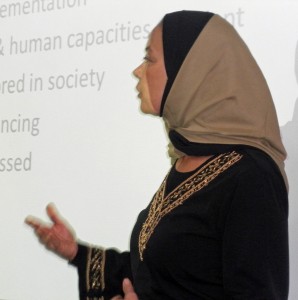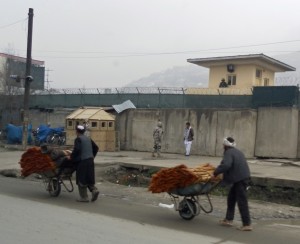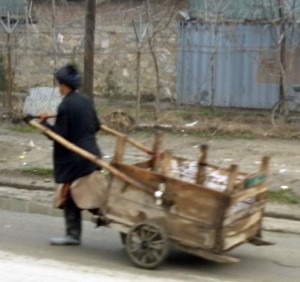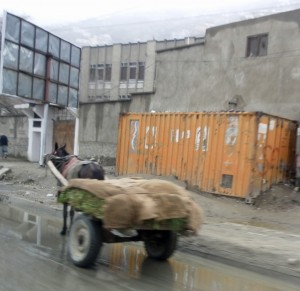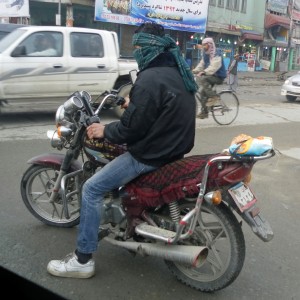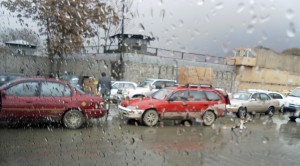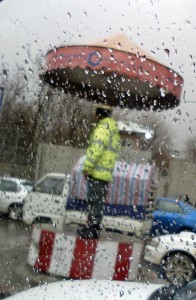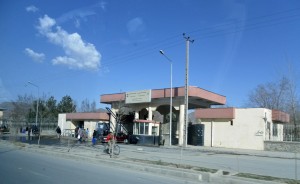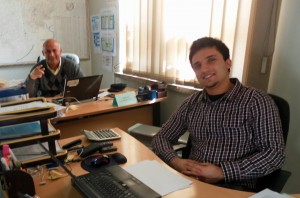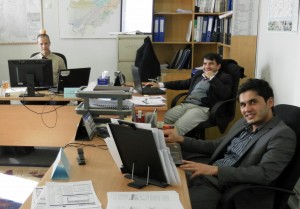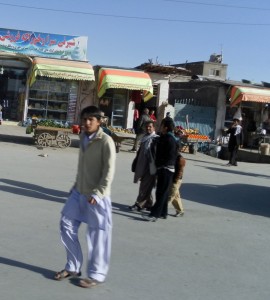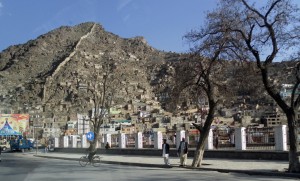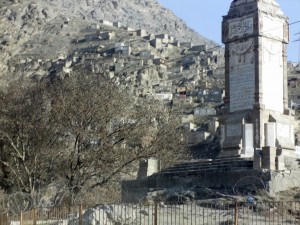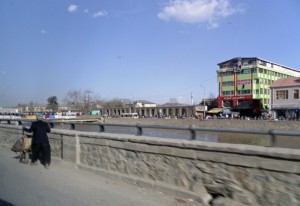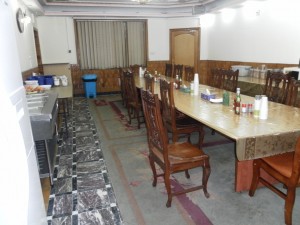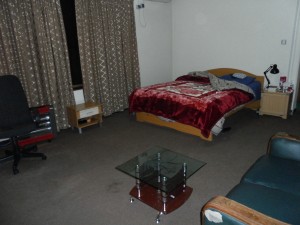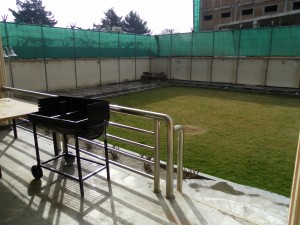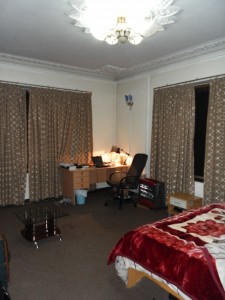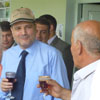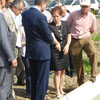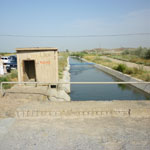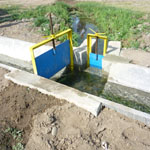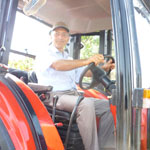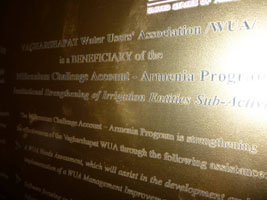Door to Door: 41 Hours and Lots of Security!
Left the EQUALS Compound for the Kabul Airport at 3 pm Friday (approx 3 am Friday in Portland, Oregon) with the EQUALS security contractor PILGRIMS including our driver, armed security, and unarmed Afghan airport liasion. When I was getting in the vehicle at the Compound, I was instructed to stay in the vehicle unless directed to leave it. I was also given special instructions should our vehicle be attacked: “Lay on the floor in the back seat!” I was also told that if the driver and armed security were both injured, that I should push the red panic button attached to the GPS tracking for 5 seconds and the security back at the Compound would come to our rescue.
I must say that arriving and departing from the airport was the “scariest” part of the whole trip! There was dead silence in the vehicle both on pick up and today on delivery to the airport.
At the Kabul Airport outside perimeter, our EQUALS-PILGRIM security let me out of the vehicle where I was directed to a small building marked “Woman’s Security” in English with Arabic underneath. There was a wool blanket hung over both the entry and exit. No windows. Inside, a woman had me spread eagle and patted me down through my clothes.
I think the armed security had to give up his gun because when I arrived, I noted that the security person retrieved his gun from the outer perimeter check point. I think all the guys had to go through a pat down as well. But, since I was concentrating on behaving “unsuspiciously,” I didn’t really worry about the guys.
Next, I walked from the permimeter to the intermedite area of the Kabul Airport where I was once again directed to a blanketed building market with a Women’s Security sign, entered alone and patted down by a female Afghan. Upon exiting this Women’s Security, I was directed to pull my luggage out the vehicle and place it in the scanner. I was then directed to open my suitcase and unload it so that the Airport Security could look for the metal they saw in the scanner. I passed this intermediate inspection, and then the security team loaded me up in our armored rig where we entered the Kabul Airport parking lot. The security person paid some money to park the car, and I unloaded everything again.
This time, the EQUALS-PILGRIM Afghan airport liasion, assisted my out of the parking lot on foot to approach the terminal. At the edge of the parking lot, I was instructed to show my boarding pass. However, I didn’t have one. Moment of panic!
My liasion told me that the only reason I was able to get through the “Bording Pass Checkpoint” was because of his relationship to the checkpoint people. Crazy, since Safi, the airline I was flying doesn’t issue boarding passes electronically–so, the fact was that people were just showing their itinerary. My problem was that I had changed my Safi flight from the morning to the evening and had not known that I should have printed out my itinerary at the Compound.
Passing through the Parking Lot checkpoint, we traversed empty road space to the terminal. Upon entering the terminal, I was once again directed to the women’s “blanket room” and patted down again. Through that, my luggage was scanned and opened again for inspection. The Airport Security does not dig through your luggage, I think afraid that they might grab a bomb, so I unloaded it and satisfied, I threw everything back into the suitcase.
Finally I ended up at the Safi check-in. My luggage tagged, and boarding passes obtained, I went upstairs alone–my Afghan liasion departed to the arrival lounge to pick up someone else. I lined up and went through immigration and another security scanning which was similar to TSA scannings–no more pat downs there.
Waited a couple of hours, then on the plane to Dubai. It was about a 3 hour flight. At Dubai, we had to go through another TSA security type check to enter the airport.
At Dubai, I waited about 4 hours, then the United Airline departure area opened where passports were checked, and another secondary hand screening of our carry on luggage! Loaded and then a 14 hour flight to DC where I am now waiting (most of the day) for a direct flight to Portland, Oregon.
In DC after immigration, picking up our luggage, and going through customs, we deposited our luggage for scanning and then had another TSA security screening before entering the DC airport proper.
Perhaps the day will come when we can “Beam Over?”
Had a Starbucks Grande Triple Shot Non-fat Latte…but think I might need another one soon! I think this is the longest continuous air trip I ever made in my life. Needless to say, I will appreciate being home again following this amazing adventure!














